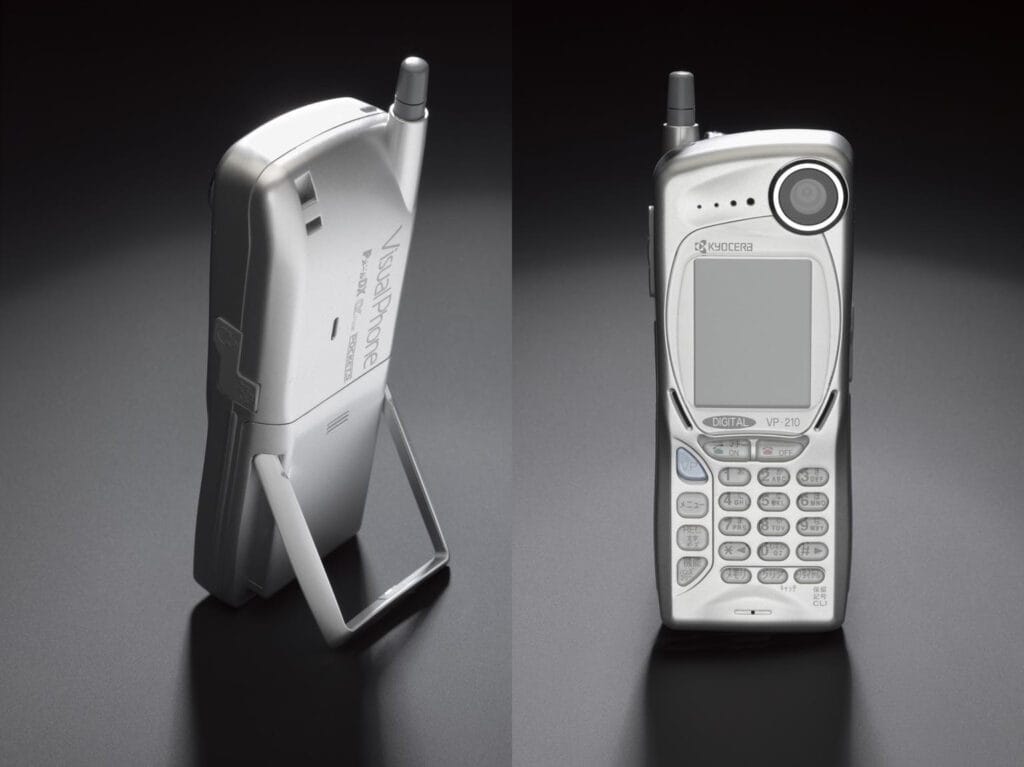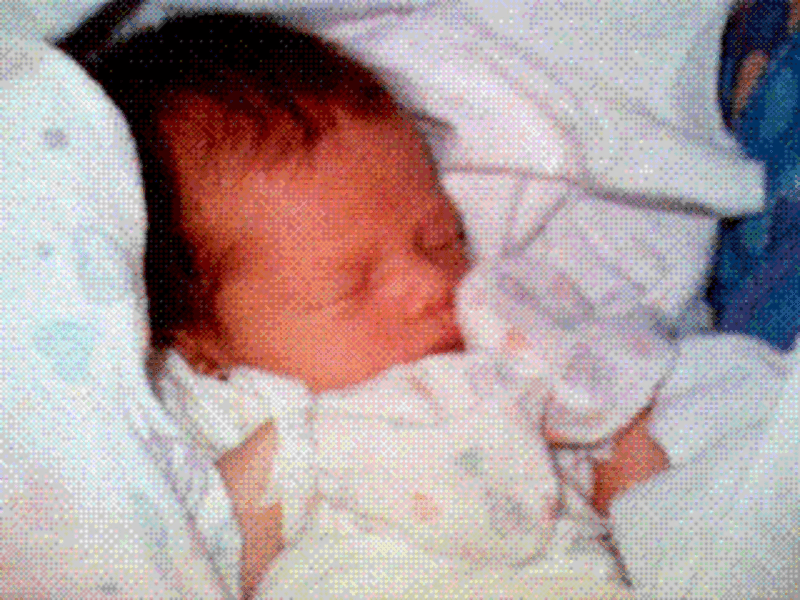On the Internet, this photograph of a child is often called the first photo taken with a mobile phone. We decided to check whether this statement is correct.
A photograph of a newborn baby with a caption stating that this is the first picture taken on a mobile phone can be found on many entertaining And information portals. It is often included in collections "photos that changed the world" calling the first photo taken on a smartphone. Social media users post photos with similar comments (Telegram, X) And blogging platforms. In some sources approvedthat the picture was taken in the maternity hospital of the American city of Santa Cruz by the child’s father, Philip Kahn, in 1997.
Although these days taking a selfie or just a photo on a mobile phone is a common thing, and finding a smartphone without a built-in camera is more difficult than with one, such a function was not always available on phones. Visualphone VP210, the world's first phone with photo and video capabilities available to the masses, was released in 1999 by the Japanese company Kyocera. The device, weighing 155 g, could store up to 20 photos and send them via email. The camera was located on the front surface, so, one might say, the phone anticipated the fashion for selfies. “Verified” could not find the first photo taken with this gadget.

If a phone with a built-in camera was only released in 1999, how could someone in 1997 take a photo with a cell phone? Despite this inconsistency, the story of the revolutionary photograph is not fiction, although 27 years later some sources distort it.
Philip KahnThe person who took the photo in question is an engineer, inventor, and founder of several technology companies. He wanted to create a device with which people could instantly share photos with their friends on the Internet, just as they do now on social networks. In 1997, there were no smartphones with cameras, no widespread Wi-Fi technology, and access to the Internet required either a cable connection or a cellular connection. In the short film film, published 20 years after Kahn’s invention and reconstructing those events in detail, the engineer tells how he managed to circumvent the then-existing technological limitations in his innovative solution.
According to the engineer, in order to share a photo of his child with his friends, he literally had to assemble a hybrid of several devices on his knee in his wife’s maternity ward: he connected a camera, a mobile phone and a laptop to each other. There were not enough necessary spare parts, and the inventor even cut the wire from the phone in the car and used it in his installation. The photo taken with the camera was downloaded to a laptop and then sent via mobile Internet from a cell phone to a server on Kahn’s home computer. He wrote a program code on this server in advance that ensured that a link to the uploaded photo was sent to specified Internet users - then more than 2,000 recipients received it. That is, the phone was not used as a camera, but as an analogue of a Wi-Fi router that provided an Internet connection for data transfer.
Thus, the photo of the baby that went viral can hardly be called the first taken on a mobile phone, because he was not directly involved in photographing. However, this does not detract from the significance of Kahn’s achievement, because this, apparently, is the first photo that could be shared with Internet users at the click of a button, which was truly revolutionary in 1997.
Cover photo: Philippe Kahn, CC0, via Wikimedia Commons
Read on the topic:
- Time. Most Influential Photos
- Snopes. Is This Photo of a Baby the 1st Picture Taken on a Phone?
- Is it true that there is a photograph of Pushkin during his lifetime?
If you find a spelling or grammatical error, please let us know by highlighting the error text and clicking Ctrl+Enter.






